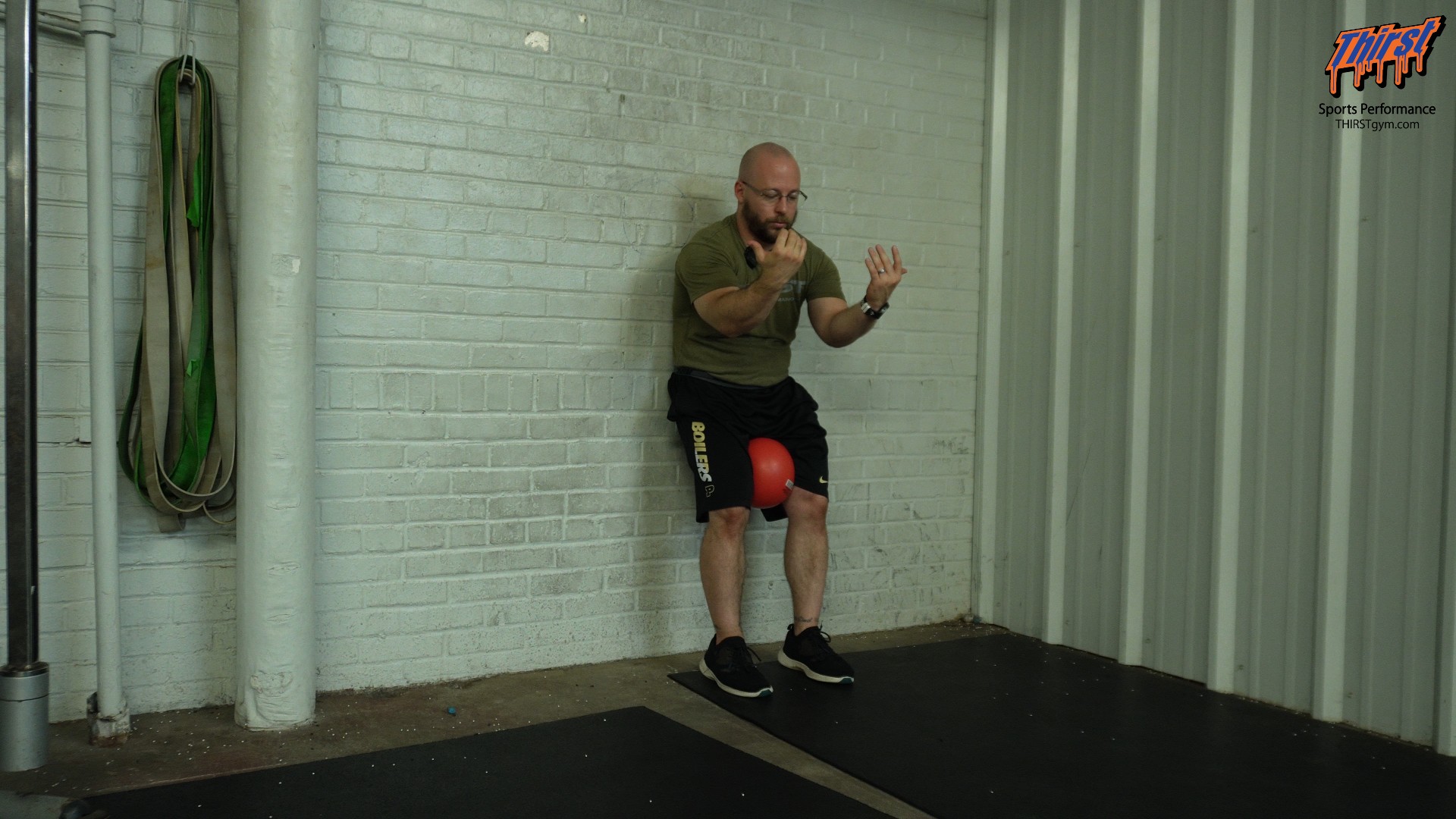The PRI Wall Up Supported Zero Reach: A Complete Guide to Improving Hip Mobility and Reducing Lower Back Pain
If you’re struggling with chronic lower back pain, poor hip mobility, or anterior pelvic tilt, the PRI Wall Up Supported Zero Reach exercise might be exactly what you need. This powerful movement, rooted in Postural Restoration Institute (PRI) principles, combines pelvic positioning, breathing techniques, and upper back expansion to address multiple postural issues simultaneously. Whether you’re preparing for a workout or seeking relief from daily discomfort, this exercise offers a simple yet effective solution that requires nothing more than a wall and a few minutes of your time.
Watch the video below on how to maximize this exercise.
Understanding the Foundation: What Makes This Exercise Special
The PRI Wall Up Supported Zero Reach stands out because it addresses the interconnected relationship between your pelvis, ribcage, and breathing patterns. Unlike traditional stretches that target isolated muscles, this exercise works to restore proper alignment throughout your entire kinetic chain. The “zero position” component specifically targets upper back expansion while the wall support helps you find optimal pelvic positioning, creating a comprehensive approach to postural correction.
The exercise gets its name from the “zero” hand position, where your palms face upward as if you were holding a barbell in the starting position of an overhead press. This positioning is crucial because it prevents the common mistake of crunching forward while encouraging genuine upper back expansion and proper shoulder blade movement.
Equipment and Setup: Keeping It Simple
One of the greatest advantages of the PRI Wall Up Supported Zero Reach is its minimal equipment requirements. You’ll need access to a wall or any flat vertical surface, and that’s essentially it. The exercise can be enhanced with an optional prop such as a small ball, yoga block, or foam roller, which helps activate your inner thigh muscles (adductors) and provides additional feedback for proper positioning.
The beauty of this simplicity means you can perform this exercise virtually anywhere throughout your day. Whether you’re at home, in the office, or traveling, finding a wall makes this mobility work accessible whenever you need it most.
Step-by-Step Execution: Mastering the Technique
Begin by positioning yourself approximately six to nine inches away from the wall, ensuring your feet remain completely flat on the ground. This distance is crucial because it allows you to properly engage your posterior chain while maintaining the correct relationship with the wall. Your feet should feel evenly grounded with pressure distributed across your entire foot surface.
The next step involves positioning your pelvis correctly against the wall. Think about bringing your pelvis back underneath you so that the upper portion of your pelvis and lower back make contact with the wall. This positioning helps address anterior pelvic tilt, a common postural issue that contributes to lower back pain and hip dysfunction.
Importantly, your shoulders should remain off the wall and rounded slightly forward. This isn’t a crunching motion but rather a gentle forward lean that maintains space between your shoulder blades and the wall surface. This positioning is essential for achieving the proper spinal alignment that makes the exercise effective.
Once positioned, assume the zero position with your arms. Your palms should face upward with your elbows positioned low, as if you were holding a barbell in the starting position of an overhead press. From this position, reach your elbows as far forward as possible while avoiding any upward shrugging motion.
The Breathing Component: Enhancing the Benefits
The breathing pattern forms the cornerstone of this exercise’s effectiveness. Take a deep breath in through your nose, then exhale completely through your mouth while reaching your elbows even further forward. This coordinated breathing and reaching creates a powerful combination that enhances both the postural and neurological benefits of the movement.
If you’re using the optional ball or object, place it between your thighs and apply a gentle squeeze rated about two or three out of ten in terms of effort. This activation engages your adductors while encouraging your external hip rotators to relax, contributing to better overall hip positioning and function.
Programming and Application: Making It Work for You
For optimal results, perform five to eight breath cycles per set, completing one to three sets depending on your needs and available time. The exercise can be effectively “micro-dosed” throughout your day, meaning you can perform it multiple times in shorter sessions rather than one longer session. Consider incorporating it into your morning routine, midday break, and evening wind-down.
This exercise serves as an excellent preparation for any lower body training session, particularly squatting and deadlifting movements. It’s also valuable before any activity that demands hip mobility or involves significant pelvic positioning requirements.
The Science Behind the Benefits
The PRI Wall Up Supported Zero Reach addresses several key physiological factors simultaneously. By correcting pelvic positioning, you’re better able to access your hamstring muscles and achieve more complete foot contact with the ground. The adductor activation from the optional ball helps create stability while encouraging problematic hip external rotators to release their excessive tension.
The breathing component engages your vagus nerve, promoting relaxation of overactive erector spinae muscles in your lower back while simultaneously improving your overall movement quality. This neurological component distinguishes the exercise from simple stretching routines and contributes to its effectiveness for pain reduction and movement improvement.
This comprehensive approach makes the PRI Wall Up Supported Zero Reach an invaluable tool for anyone seeking to improve their posture, reduce lower back discomfort, and enhance their overall movement quality through a simple, accessible exercise routine.








